“[One Take] was an idea I had to get filmmakers and non-filmmakers both to make something that was guaranteed an audience,” he says. He designed the event without a jury or prizes, and chose Super 8 because of its many draws . It’s portable and affordable—a roll of film costs around $15—and also has some key limitations. Super 8 lacks the instant gratification and post-production editing capabilities of digital, forcing filmmakers to plan carefully their single take. And because entrants turn their films in blind, the typical screening ends up with a grab bag of quality. “When you do see a film that’s in focus and properly lit and tells a story, it’s like a miracle. Because clearly, a lot could go wrong,” Rogalski says. “I think we want to pull back the curtain a bit on the filmmaking process. You get to see that not everything hits the mark.”
One Take spread organically, as filmmakers from the original event moved to new cities and started local incarnations. But since the late ’90s, the Internet had already been connecting Super 8 enthusiasts all over the map. Super 8 tip sites cropped up, while major websites like Craigslist and eBay facilitated the sales of Super 8 cameras, which are no longer in production. “There’s no doubt that it’s a little ironic that new technology has made Super 8 more relevant,” he says.
At the Syracuse branch, started by Rogalski’s colleague Brett Kashmere, many participants find liberation in the event’s constraints. “They might come in with this enormous script and are like, ‘Oh, we’re going to do this whole thing!’ But once they screw up, they realize they can’t rewind and shoot again,” says Jason Kohlbrenner. “I think this weight gets lifted off their shoulders.”
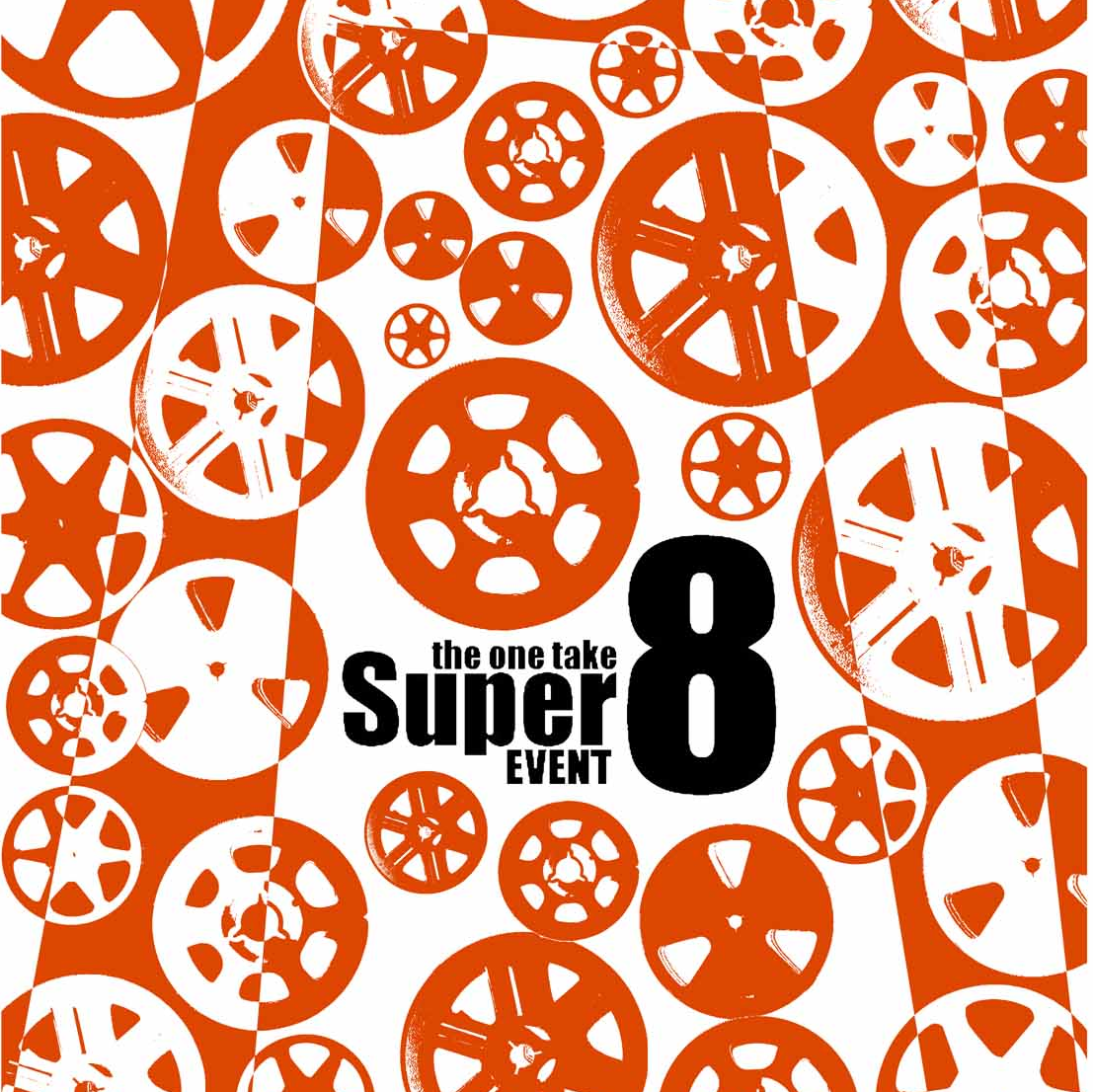
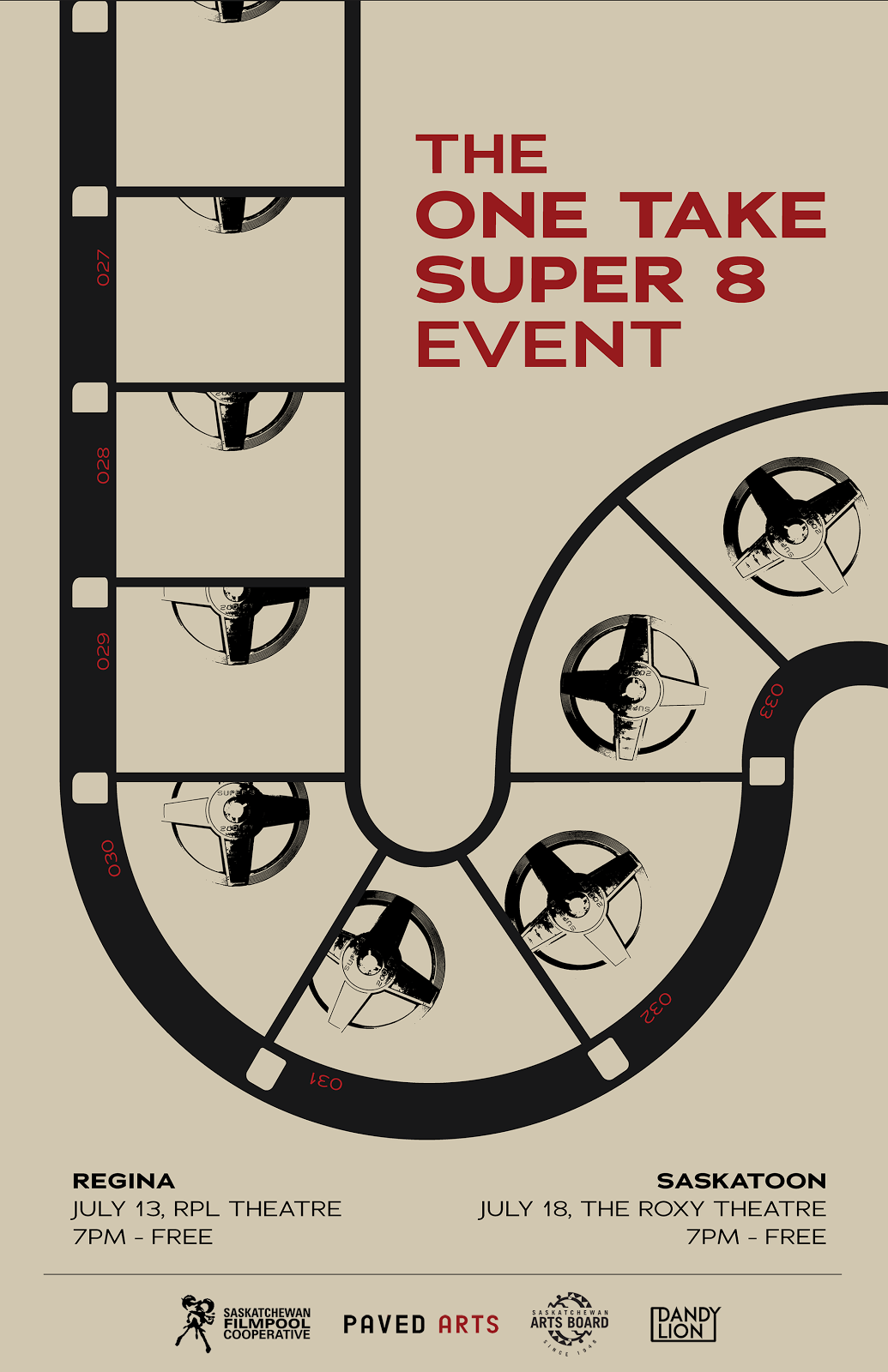
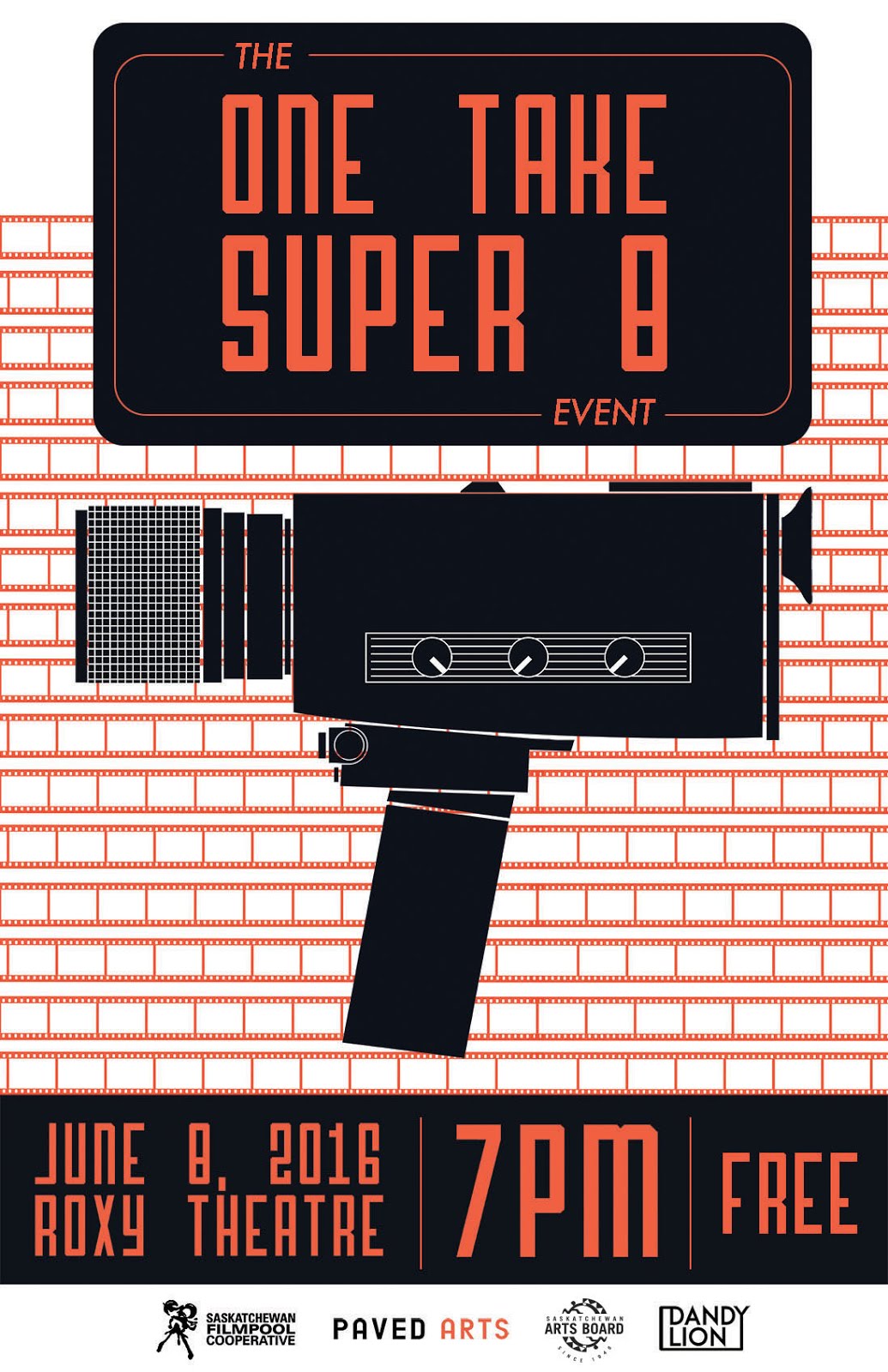
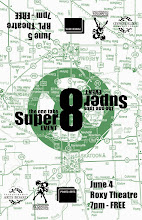
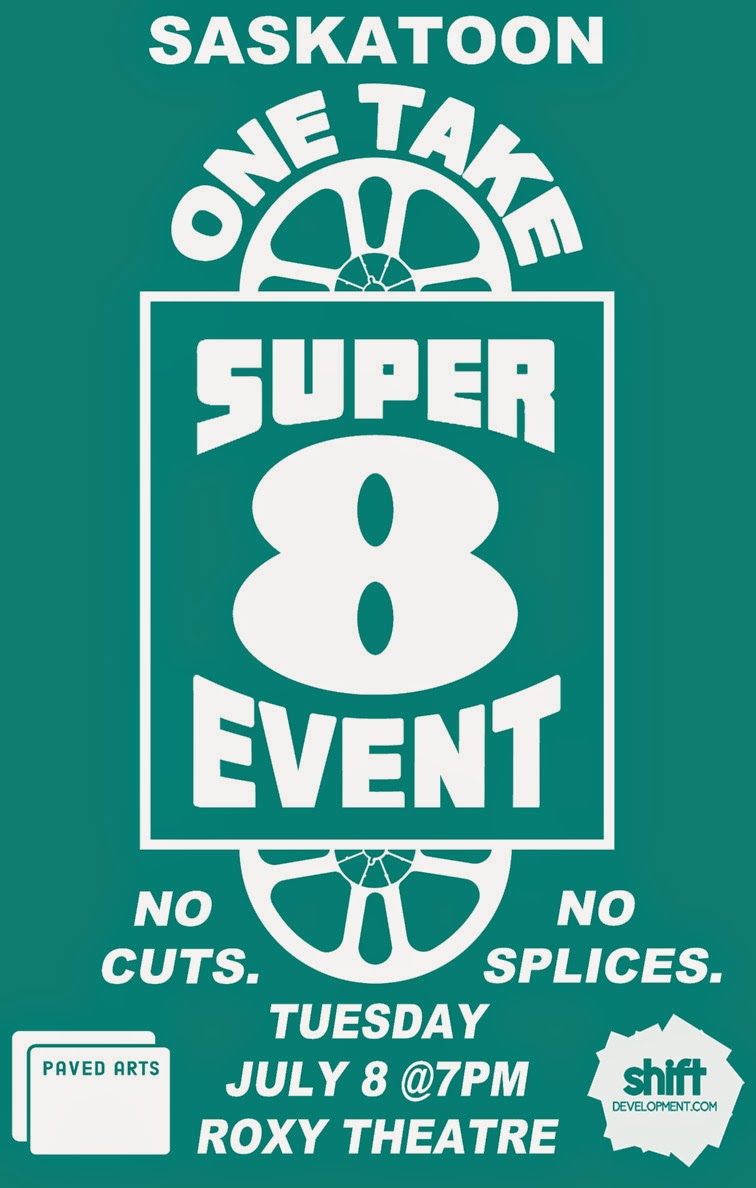

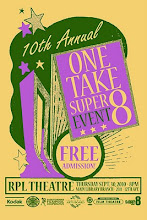


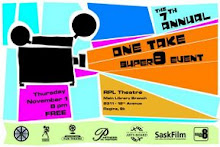
No comments:
Post a Comment